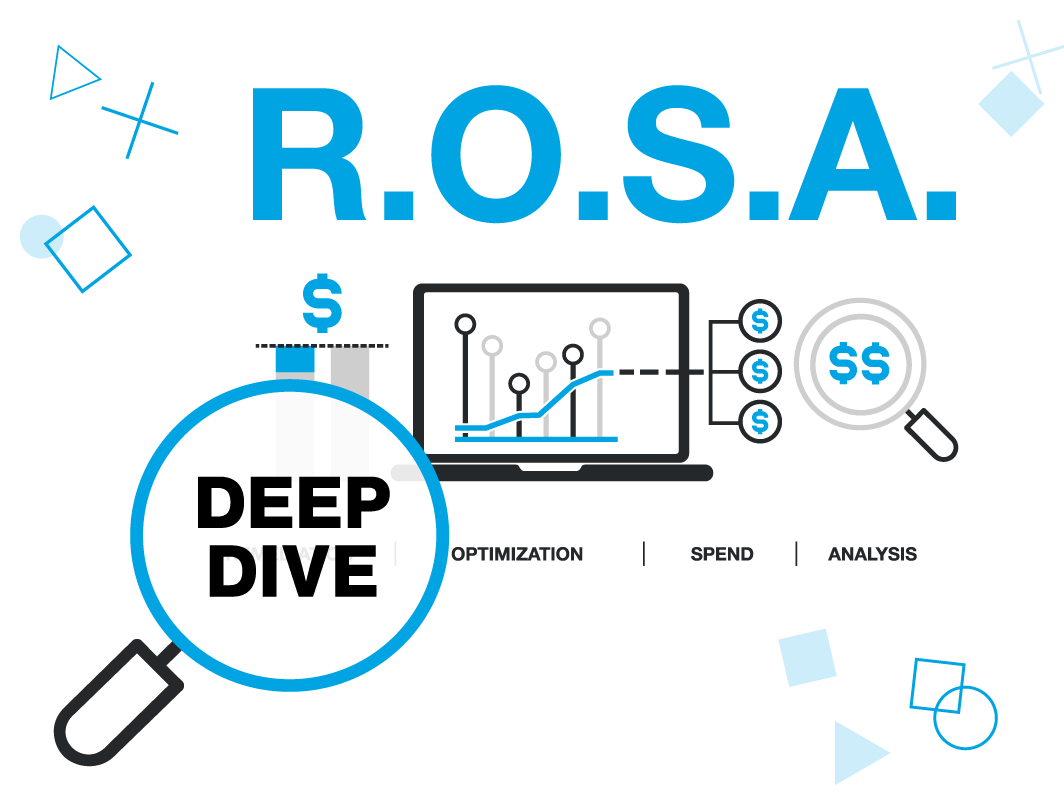
![]()
As the calendar turns to March, many employers are poised to dole out annual merit increases. This compensation practice is key to retaining top talent, but it’s important to keep pay equity in mind during the process.
Employers that overlook what factors are influencing their pay decisions are at risk of creating internal equity issues during merit increase season.
Merit Increases: Employer Considerations
WorldatWork’s “2023-24 Salary Budget Survey” of 2,146 participating organizations found that U.S. employers were projecting 3.6% merit increase budgets on average for 2024.
The goal of these increases are to reward 2023 performance and retain talent. However, organizations that aren’t proactive with their pay equity efforts risk exacerbating internal equity issues in the process.
Additionally, pay increases should be determined by legitimate, compensable Wage Influencing Factors (WIFs). But if a WIF is tainted, it could result in disparate impacts on protected classes, causing internal pay equity issues. For example, if merit increases are heavily influenced by performance reviews, this process could yield inequitable outcomes if performance reviews are biased.
Thus, when an employer does a pay equity analysis later on in the year, it could discover it has created more pay inequities than it had the prior year. And this is before accounting for new hires that are brought in throughout the year.
To help prevent internal inequities, organizations can focus on these five things before, during and after merit season:
- Limit manager discretion. Consider limiting manager discretion in determining merit increases. Instead, give managers a merit matrix that delineates merit increase percentages based on factors relevant for your organization (e.g., performance, compa-ratio, range penetration).
- Evaluate WIFs. Conduct an analysis using Trusaic’s five criteria method to determine if any of your WIFs are tainted.
- Account for geo pay differences. Cost-of-labor is constantly evolving and varies by market. Merit increases should reflect these changes where appropriate. Example: an employee moved from a higher cost-of-labor/living market to a lower cost-of-labor/living market in 2023. Did you adjust their compensation? Will this be reflected in their merit increase? Overlooking these scenarios could create unintended pay equity consequences down the road.
- Evaluate job architecture. Having a well-structured job architecture helps ensure you’re placing employees in the correct job codes. When this is done correctly it informs pay eligibility and drives compensation consistency.
- Solidify pay-for-performance formula. Without a sound formula, pay increase decisions are ripe for bias and become less defensible.
Leveraging Pay Equity Software Tools
Employers can easily navigate all of these issues before, during and after merit increase season by leveraging pay equity software.
A common pitfall for employers in their pay equity journey is relying on a once-a-year statistical analysis, typically during or after the annual salary planning cycle. While this is a good time to conduct such an analysis, we recommend monitoring pay equity year-round.
Various factors such as turnover, labor market dynamics, promotions, pay increases, etc. directly influence your organization’s pay equity. Evaluating it once a year is like trimming weeds — it temporarily solves the problem, but it doesn’t get to the root cause. Monitoring pay equity on an ongoing basis used to be an arduous task, but pay equity software simplifies this process.
Trusaic’s pay equity analysis software provides the most authentic way of achieving pay equity. Our solution analyzes pay equity at the intersection of gender, race/ethnicity, and other demographics simultaneously in a single regression analysis.
Additionally, our legally compliant Salary Range Finder® tool, ensures you remain on track to achieve your pay equity goals. It provides you with equitable pay ranges to use in setting pay for new external hires and those moving internally (e.g., promotions). It works alongside our PayParity tool that enables you to consistently monitor your organization’s pay equity.
Keep Compliance at the Forefront
Merit increase season is an exciting time for your organization, as employees are being rewarded for their contributions. Pay raises are among the most motivating factors for employees and research has found they can increase productivity.
Thus, it’s imperative your organization goes about them thoughtfully. Leaning on pay equity compliance technology can provide peace of mind that you are rewarding your employees in an equitable manner.
Failure to remain in compliance with pay equity laws comes with significant financial risk to your business. It also negatively impacts your reputation. With Trusaic PayParity, you can rest easy that your compensation practices will be equitable, compliant and defensible.
This will help ensure a stress-free merit increase season for your business.




